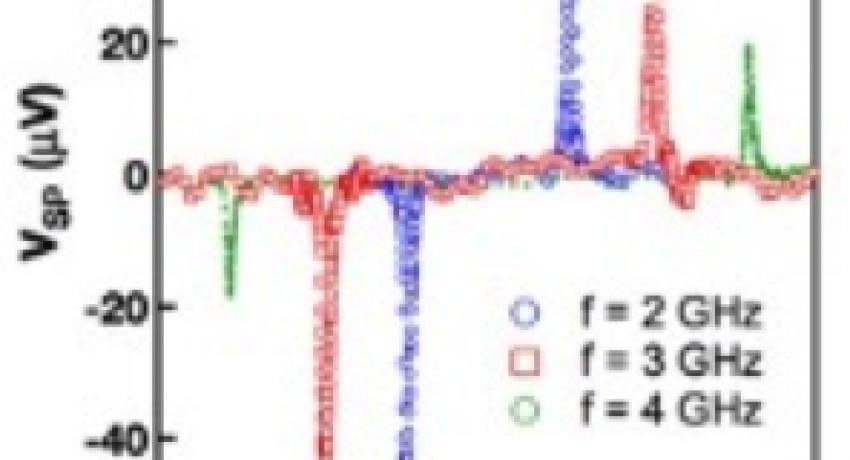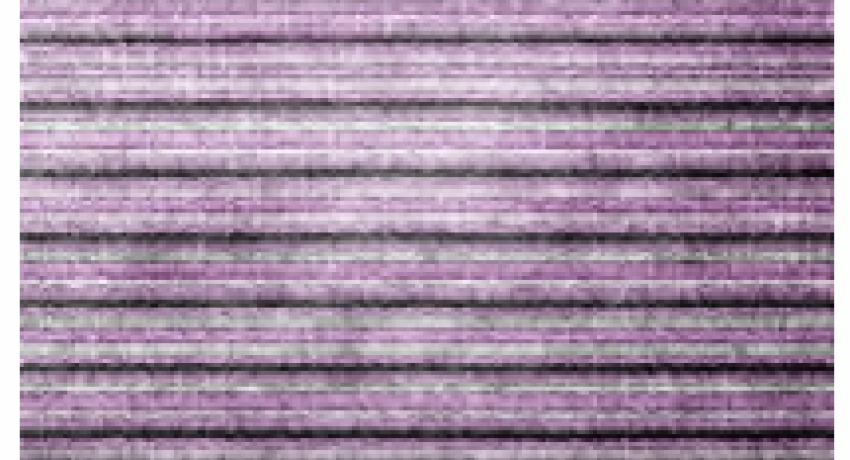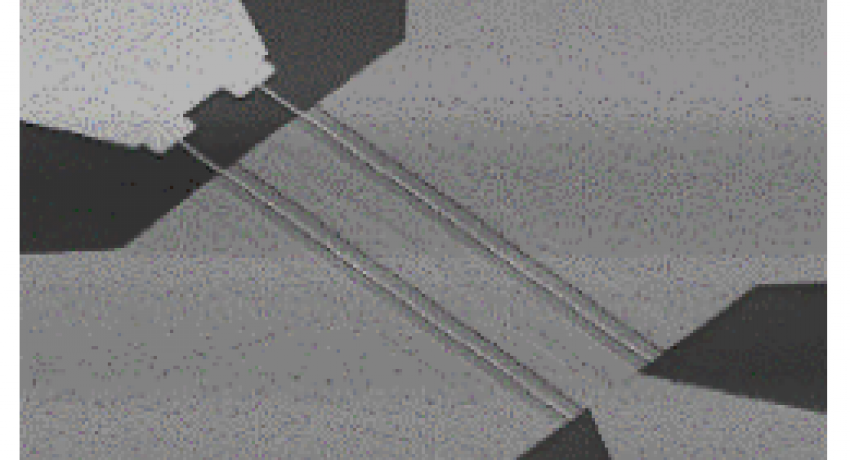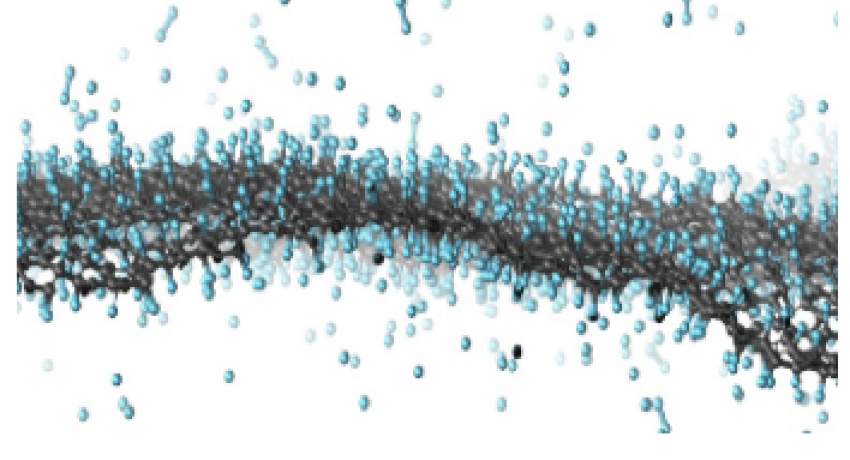The 2DCC research priorities are organized by four science drivers that are motivated by the unique properties of layered materials that often emerge in ultrathin or few-layer films, necessitating atomic-level control of film growth mode, stoichiometry, point defects and structural imperfections.
This science driver focuses on providing enabling materials synthesis, characterization, and modeling capabilities to facilitate fundamental studies of new fundamental physical processes that occur in 2D systems, such as efficient spin-charge conversion and the quantum anomalous Hall effect in topological insulators, valleytronics in transition metal dichalcogenides, and quantum transport in 2D heterostructures.
This science driver seeks to understand fundamental mechanisms of 2D film formation in van der Waals bonded systems including the role of the substrate in nucleation and epitaxy, self-limited growth of monolayers, epitaxy in 2D heterostructures, miscibility and alloy formation, intentional doping, and native defects.
This science driver focuses on providing enabling materials synthesis and characterization capabilities to facilitate development of next-generation electronics (2D tunnel transistors, thin film transistors for flexible electronics, etc.) and optoelectronics (2D photodetectors, integrated photonics, single photon sources, etc.).
This science driver focuses on developing techniques and tools to study 2D chalcogenide films in situ and under controlled ambient to elucidate the evolution of surface morphology, growth-related defects, electronic band structure, carrier transport, etc. Closely integrated theory and simulation targets key kinetic processes during growth, enables new insights on in situ characterization, and accelerates the identification of compelling synthetic targets to overcome experimental obstacles to their synthesis.



